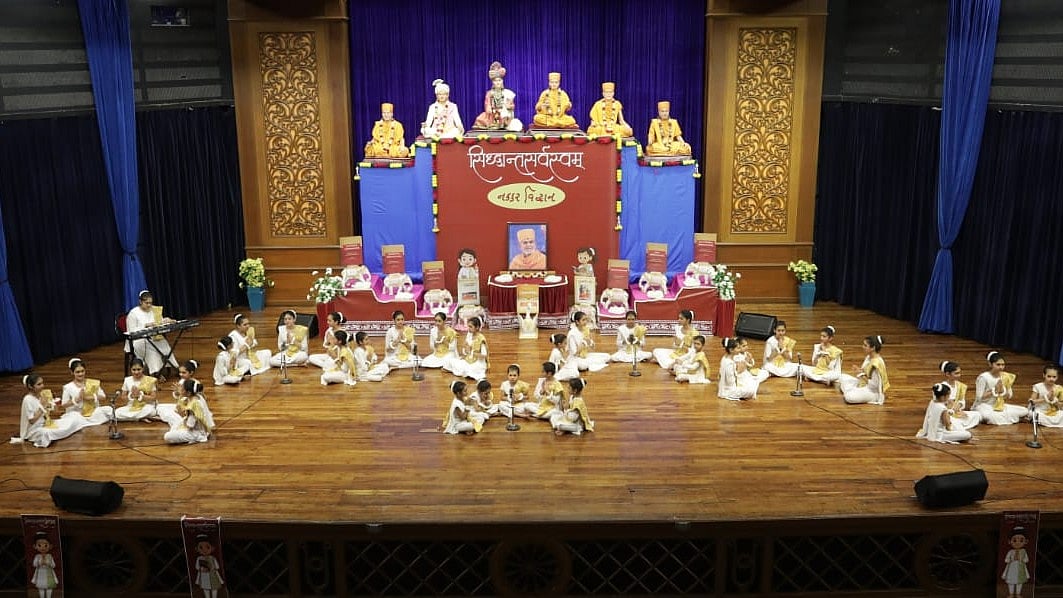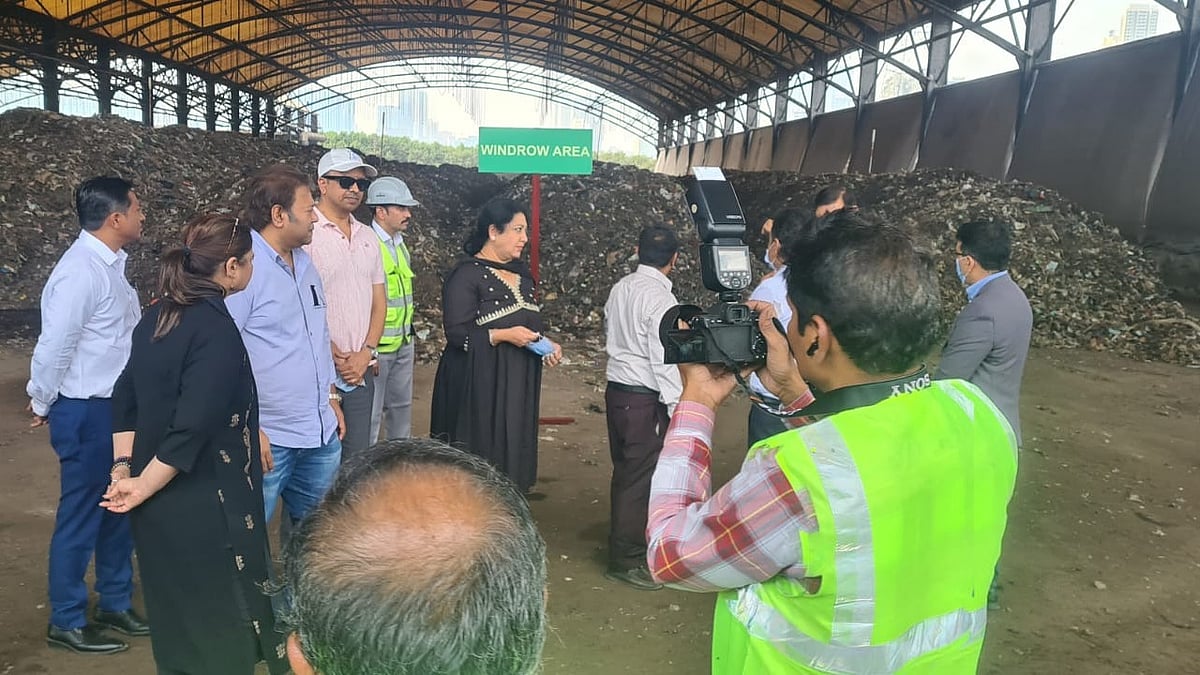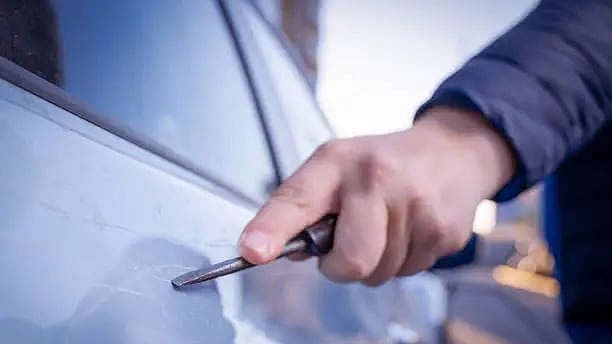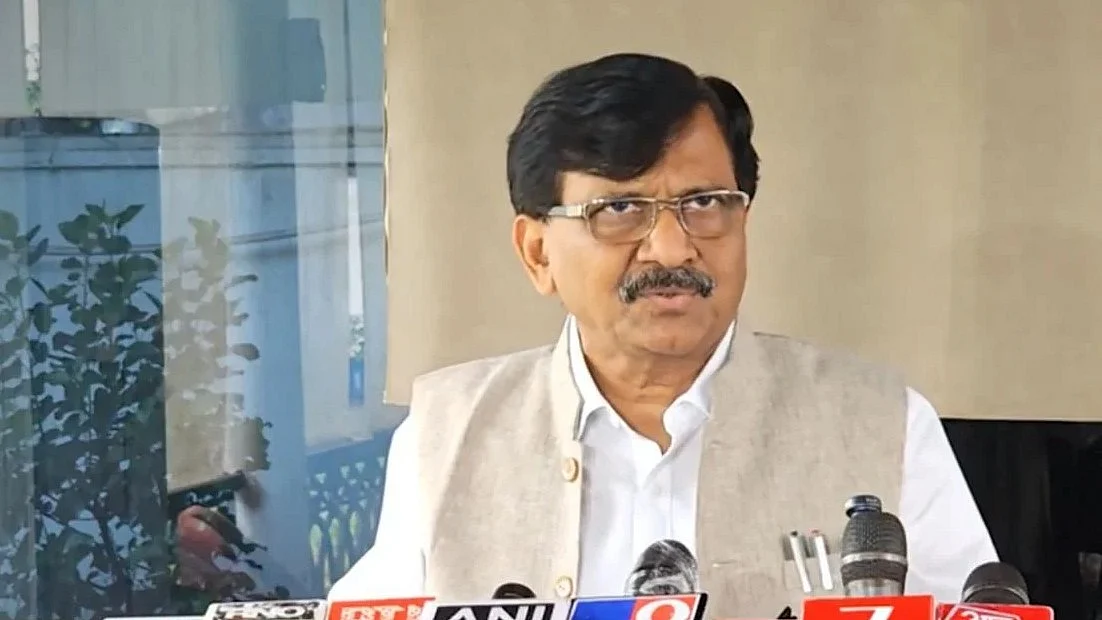Mumbai: Involved in the tunnelling works for Metro projects in Mumbai for the last four years, Mumbai Metro Rail Corporation’s Manager (Tunnelling) DK Tejaswi speaks to The Free Press Journal on how challenging it is to work more than 20 metres below the surface to create a mass public transportation system that will be used by crores in the decades to come. Mr Tejaswi, who has an experience of 13 years, worked on two Tunnel Boring Machines (TBMs) – Tansa I and II – which cut the earth’s crust from the Science Museum at Worli to Mumbai Central and will be part of the larger 33.5km Aqua Metro line snaking between Colaba and SEEPZ.
Did you become a TBM specialist by choice or by accident?
I am an electrical engineer by way of academic learning but have now specialised in managing TBMs. At one of the Metro projects in another city, I was working as an electrical engineer at one of the stations, that is when I got to know about TBMs and became interested. It’s a vast subject in itself. It was after two years of working at one of the stations in Bengaluru, I got an opportunity to work on a TBM, which is a highly specialised role.
What is like managing a machine that weighs a few hundred tonnes?
The entire machine arrives in different parts. Its assembly is the first biggest task; there’s a methodology, beginning from the cutter head. There are manuals and drawings on the assembly that have to be followed, which itself runs into over 2,000 pages. Once done, the process commences with an initial drive followed by the main drive. On initiating the actual cutting works, it will cut into the earth. Every two metres we stop, fix the ring and proceed. The entire ring is in six segments.
Every 60-70 metres, the cutter discs are checked for replacement for which we have to stop the process. We have to enter a chamber for this task where we have to maintain a certain pressure. We enter from a man lock and close it immediately to disallow any pressure from leaking. This pressure is required inside the chamber to maintain the ground level stability as there’s a void inside, so that the surface above does not collapse. The world moves on the surface above, such as live railway tracks, old buildings, high rises, pressured water lines, sewer networks, etc. Every 45 minutes, the team is replaced. To keep the cutter clean and the replacement of the discs are the toughest jobs.
On an average, we tunnel about 15 metres daily; the highest has been 20 metres in a day. The speed of tunnelling depends on multiple variables such as crust, strata, cutter, etc. We get to see tunnel breakthroughs from the cutter head itself and emerge outside the machine from this end with the National Flag.
What is it like to work underground?
Initially, we found the experience quite different from being above the surface as we can’t see anything around us. We cannot attend or make any phone calls as there are no telecommunication networks. In a tunnel, there are telephone sets at regular intervals to communicate with different wings such as control rooms, doctors and other facilities.
We have our meals inside. Only during breaks or for emergency calls, we go to the shaft, which is closer to the ground level.
For us the experience is very common, as we have ventilation systems installed within to maintain optimum oxygen and temperature levels. The motors of the machine get heated and we use chilled water plants, but have to ensure that the temperature doesn’t go beyond 24-25 degrees Celsius. Per shift, each TBM is managed by a team of 25 people.
With the risks involved, what does your family feel?
It’s a tough job for us as well as for our families. We are unable to give much time to them. As engineers, we know that there are adequate safety measures to prevent any untoward incident and it’s safe enough to work underground. But as a common people, they fear the concept of working in a tunnel. Even if you convince the family that there isn’t anything to fear about, they will continue to say ‘try not to go inside the tunnel’. There are times when the family tries to reach out to us and we are out of network coverage. In this project, WiFi internet was available for emergency purposes, that too in a limited zone and not the entire length of the tunnel. However, during one of my earlier projects, my father had passed away and I learnt about it three to four hours later, as there was no network inside the tunnel.








